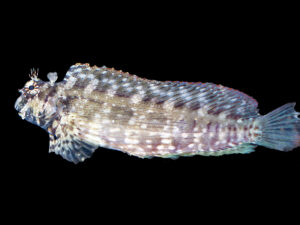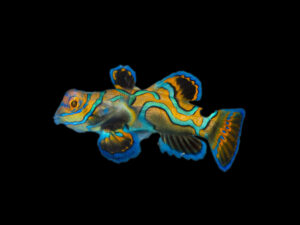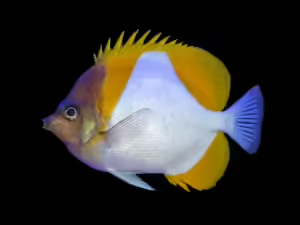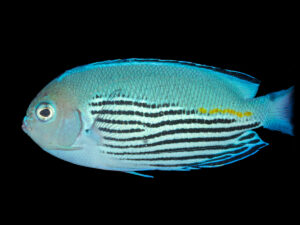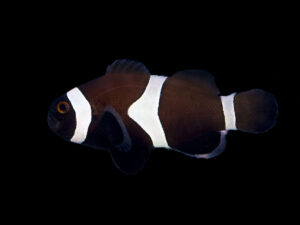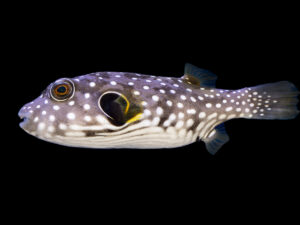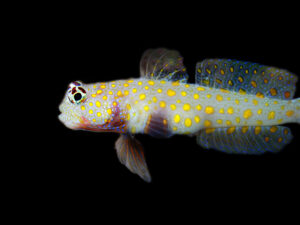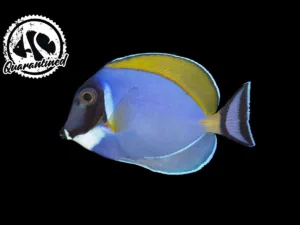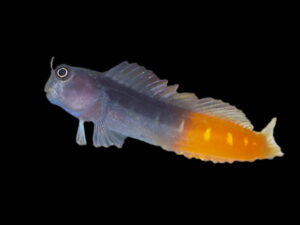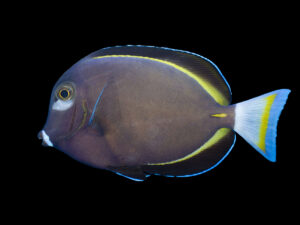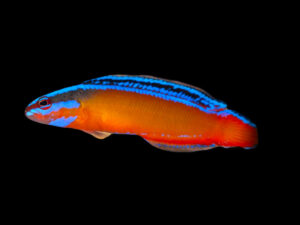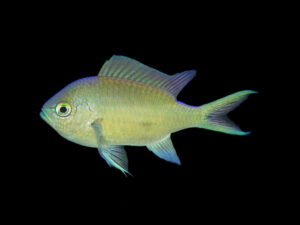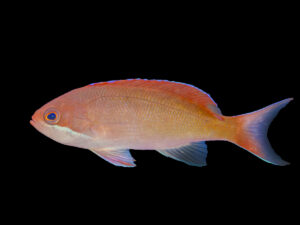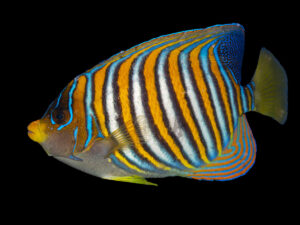Related products
-
Lawnmower Blenny
$45.00Select options This product has multiple variants. The options may be chosen on the product page -
Splendid Mandarin
$100.00Select options This product has multiple variants. The options may be chosen on the product page -
Pyramid Butterflyfish
$75.00Select options This product has multiple variants. The options may be chosen on the product page -
Watanabe Angelfish
$125.00Select options This product has multiple variants. The options may be chosen on the product page -
Ocellaris Clownfish – Black
$35.00Select options This product has multiple variants. The options may be chosen on the product page -
Stars & Stripes Pufferfish
$75.00Select options This product has multiple variants. The options may be chosen on the product page -
Guttata Shrimp Goby
$450.00Select options This product has multiple variants. The options may be chosen on the product page -
Powder Blue Tang – Quarantined
$200.00Select options This product has multiple variants. The options may be chosen on the product page -
Bicolor Blenny
$45.00Select options This product has multiple variants. The options may be chosen on the product page -
White Cheek Tang
$150.00Select options This product has multiple variants. The options may be chosen on the product page -
Neon Dottyback
$200.00Select options This product has multiple variants. The options may be chosen on the product page -
Blue/Green Chromis
$15.00Select options This product has multiple variants. The options may be chosen on the product page
Coral Cardinalfish
Please Note: Due to variations within species, your item may not look identical to the image provided. Approximate size range may also vary between individual specimen.
Deep dive >
Quick Stats
- Dietry Requirements
- Compatible With
- Maximum Fish Size (cm)
- Minimum Tank Size (L)
- Same Species Aggression
- Other Species Aggression
- Care Requirements
The Coral Cardinalfish have a long slender shape with six orange stripes running along its body.
A 45 litre or larger aquarium with a cave and peaceful tank mates is suitable for this slow and methodical swimmer. It tends to hide in sea grass or other plants, or may use long spine urchins for camouflage. If a larger aquarium is available, it will handle a small group of this species. As a group, they will establish a strict hierarchy without aggressiveness.
The Coral Cardinalfish requires a well balanced diet of meaty foods such as feeder shrimp, flake foods, pellet foods, marine flesh, bloodworms, and depending on its size, live feeder fish.
Related products
-
Blue/Green Chromis
$15.00Select options This product has multiple variants. The options may be chosen on the product page -
Bicolor Blenny
$45.00Select options This product has multiple variants. The options may be chosen on the product page -
Cooperi Anthias
$30.00Select options This product has multiple variants. The options may be chosen on the product page -
Regal Angelfish
$200.00Select options This product has multiple variants. The options may be chosen on the product page
